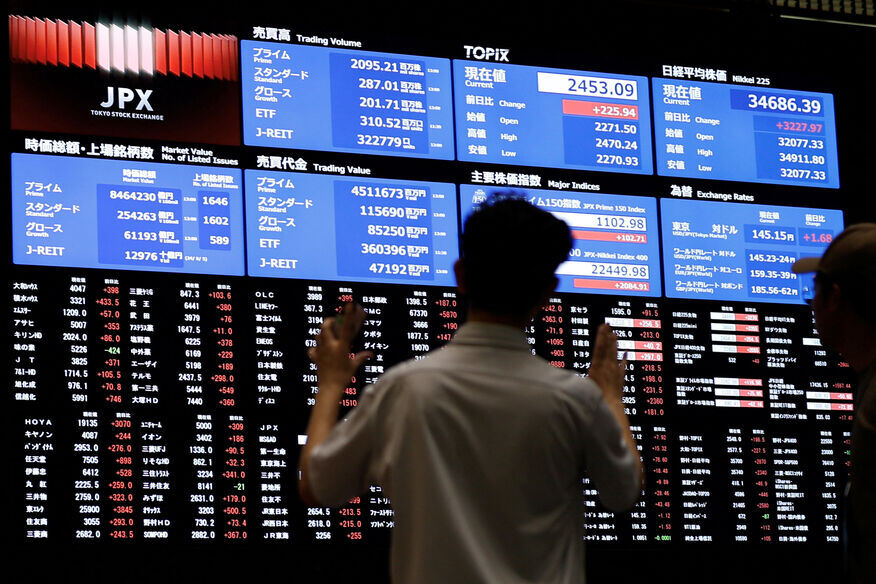Seadrif and Gallagher Re update triggers and expand coverage for Laos

By Henry Gale
July 18 - (The Insurer) - The government of Laos has expanded its catastrophe insurance coverage from the Southeast Asia Disaster Risk Insurance Facility (Seadrif) with a new $16 million multiperil program structured and placed by Gallagher Re, the reinsurance broker said on Friday.
Laos first purchased flood insurance from Seadrif in 2021. This year, its program also includes coverage for typhoon, earthquake and landslide events for the first time.
The new two-year policy incepted on May 3, 2025, and provides up to $16 million in aggregate protection for Laos.
It also features a new trigger mechanism based on the number of people affected by a covered event, as reported by Laos' National Disaster Management Office (NDMO) within days of an event.
This makes it one of the first parametric policies globally to use a government-reported impact-based trigger, Gallagher Re said. Where impact-based triggers have been used elsewhere, the measure of people affected by an event is usually calculated by a third-party modelling firm, not a government agency.
Gallagher Re said the use of the NDMO's reports as a parametric trigger was backed by advanced analytical work it had undertaken. It added that it was required because traditional hazard-based approaches could not fully capture the variety and complexity of flood and other catastrophe events in the region.
Laos previously had coverage from Seadrif that paid claims both through parametric triggers and a "finite risk" mechanism, to respond to floods that did not meet the parametric triggers. The new policy is fully parametric.
Antoine Bavandi, global head of public sector, parametric and climate resilience solutions at Gallagher Re, said the updated coverage "captures the complexities of extreme catastrophe events such as flooding whilst minimising basis risk. It shows great potential for replicability in flood-prone countries and we look forward to further expanding it with SEADRIF in the region.”
Laos received parametric payouts totalling $3 million from Seadrif last September, triggered by flooding following Typhoon Yagi. The finite risk component then included in its policy paid out $1.5 million after flooding in late 2023.

.jpg)



